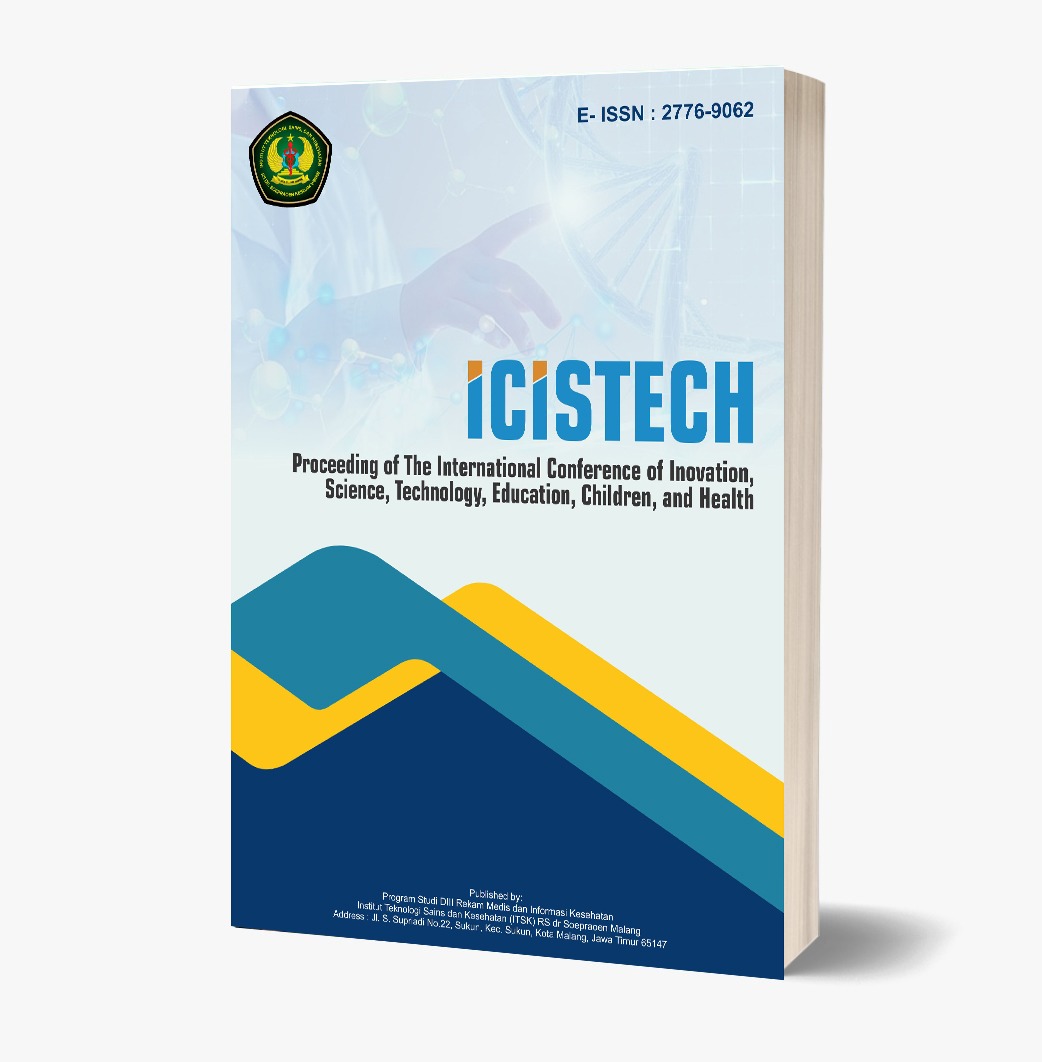Exploring the Use of Virtual Reality in Enhancing STEM Education for Children
DOI:
https://doi.org/10.62951/icistech.v3i1.150Keywords:
Virtual Reality, STEM Education, Immersive Learning, Children's Education, Technology IntegrationAbstract
Virtual reality (VR) is an emerging tool in education that allows students to interact with complex concepts in an immersive environment. This paper investigates the potential of VR in enhancing Science, Technology, Engineering, and Mathematics (STEM) education for children. By reviewing various case studies, the paper explores how VR applications are being used to make abstract STEM concepts more accessible and engaging. The study concludes that VR enhances conceptual understanding, problem-solving skills, and critical thinking among young learners.
References
Anderson, J., & Patel, R. (2021). Exploring VR in engineering education. Journal of STEM Education Research, 5(2), 89-102.
Bailenson, J. N., et al. (2018). The effects of immersive virtual reality on learning outcomes. Educational Technology Review, 7(1), 45-58.
Freina, L., & Ott, M. (2015). A literature review on immersive virtual reality in education. eLearning & Software for Education, 6(3), 123-136.
Huang, W., et al. (2020). VR as a tool for enhancing engagement in STEM education. International Journal of Educational Technology, 8(4), 67-79.
Johnson, M., et al. (2021). VR in STEM education: Trends and opportunities. Journal of Digital Learning, 12(3), 78-91.
Jones, T., & Taylor, L. (2022). NASA’s virtual space missions: Impact on student learning. Space Education Journal, 10(2), 55-67.
Merchant, Z., et al. (2014). A meta-analysis of virtual reality in education. Computers & Education, 74(1), 69-78.
Miller, D., & Robertson, J. (2019). Using VR to teach abstract scientific concepts. Science Education Review, 9(3), 34-48.
Pantelidis, V. S. (2018). Virtual reality in the classroom: Challenges and solutions. Educational Technology Research, 6(2), 92-104.
Smith, L., & Johnson, P. (2020). Technical barriers to implementing VR in schools. Technology & Learning Journal, 15(1), 21-37.
Smith, R., et al. (2021). The impact of VR labs on student learning in chemistry. Journal of Chemical Education, 18(4), 99-112.
Taylor, K., et al. (2020). The role of VR in improving student engagement. Educational Psychology Review, 14(2), 110-123.
Wang, X., et al. (2019). The future of VR in K-12 STEM education. Computers in Schools, 22(3), 78-89.
Wilson, A., et al. (2021). The intersection of VR and robotics education. Engineering Education Journal, 16(2), 89-101.
Zhang, Y., & Lee, C. (2020). The effectiveness of immersive learning in STEM education. Journal of Immersive Education, 7(4), 56-74.
Downloads
Published
How to Cite
Issue
Section
License
Copyright (c) 2023 Proceeding of The International Conference of Inovation, Science, Technology, Education, Children, and Health

This work is licensed under a Creative Commons Attribution-ShareAlike 4.0 International License.













